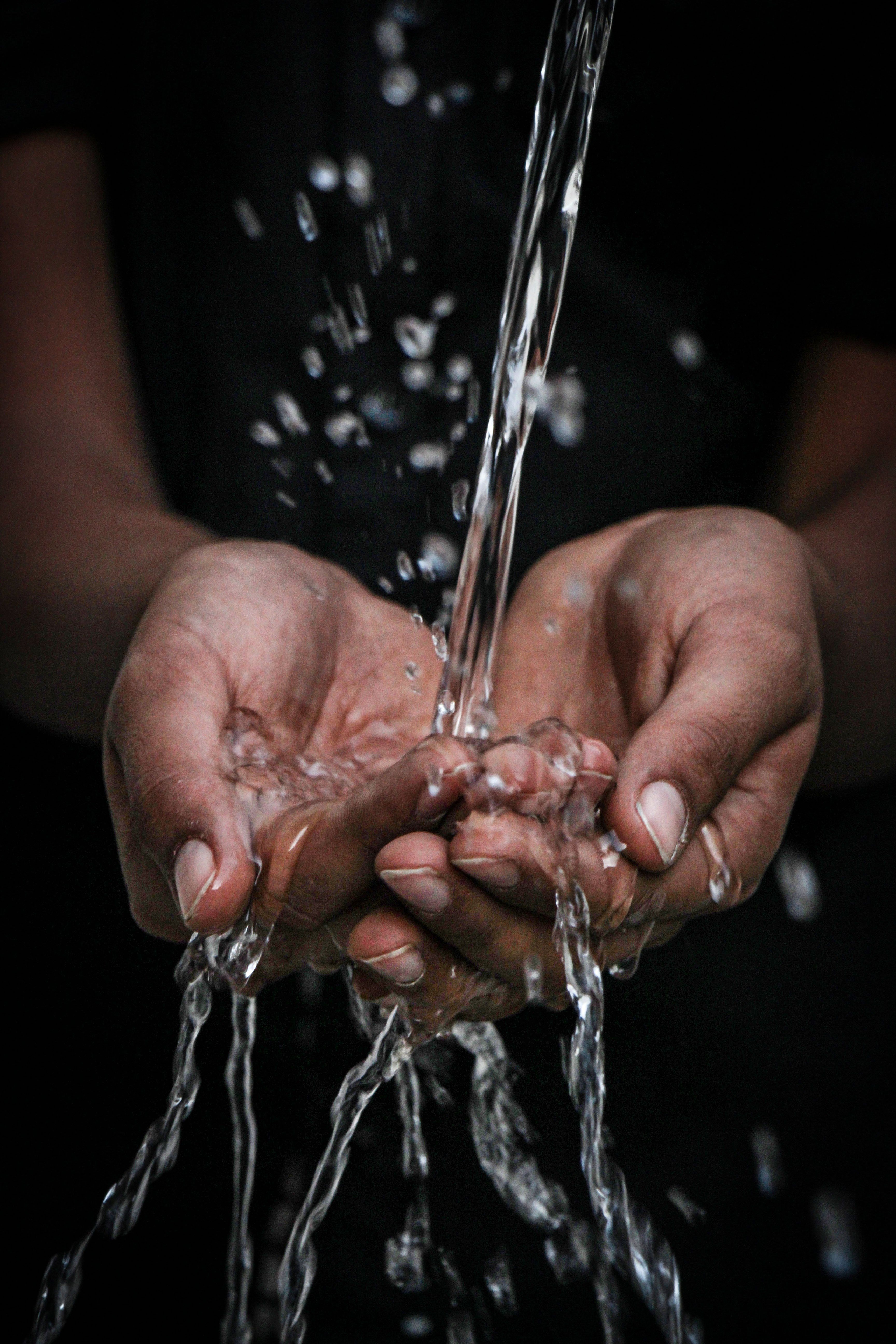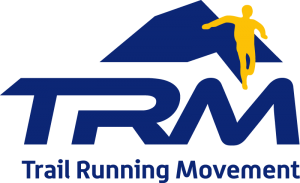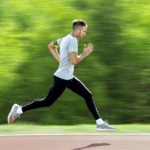
HYDRATION AND PERFORMANCE: BASIC CONCEPTS
Edited by: Dr. Giulio Merlini in cooperation with Trail Running Movement
The importance of a correct hydration to complete successfully a trail running competition, delay fatigue and prevent dehydration problems, is a key topic for endurance sport, ultra-endurance run and trail running.
In 2007 the American College of Sports Medicine has laid down the guidelines to prevent dehydration phenomena in all endurance activities with a race times that exceeds 60 minutes: consuming beverages containing sodium during the performance could help to prevent dehydration because sodium maintains water balance. In the book “Sports & Exercise Nutrition” in the “National Strength & Conditioning Association “, it is recommended to consume 0.5 to 0.7 grams of sodium per liter of fluid per hour for all endurance activities, although some guidelines suggest higher levels of sodium, between 1.7 to 2.9 grams per liter of liquid per hour (Campbell, Spano 2011). Following the performance, recover losses of fluids and electrolytes is a priority, so you should drink up to 1.5 liters of water for every Kg of body weight lost.
Beyond the generic predispositions, there is always an individual need in terms of water supply that must be considered in order to prevent gastrointestinal disorders. You should keep in mind that even a minimal dehydration (1% -2% of body weight loss) could lead to a reduction in plasma volume and a reduced blood supply to the muscles under stress, thereby influencing your performance (Antonio et al. 2008; Goulet 2012). Furthermore, prevent dehydration during performance allows athletes to avoid problems heart problems, cramps, heat exhaustion and loss of strength. To get a rough estimate of the adequate intake, you can refer to the data collected in “Essentials of Sports Nutrition and Supplements” about the intake of water per hour, which should be around the 400-800 mL (Antonio et al. 2008).
You should also considered that for each liter of water evaporated you lose about 580 kcal of heat from the body: it happens through perspiration or through the evaporation of perspiration itself, in appropriate environmental conditions (% humidity, temperature and wind speed). The addition of salt to drinks is one of the primary strategies to be adopted in this sense, given that the two most important electrolytes lost through sweating are the sodium and the chlorine. Instead, the most common error is to increase the intake of potassium forgetting to focus on the concentrations of sodium in the drink: the two macro-minerals, even though they are in close balance between each other, are balanced through hormonal mechanisms that act on sodium, influencing the loss and retention of potassium. Therefore it is more effective to pay attention to the intake of sodium that directly affects the second mineral rather than focusing on potassium.
When dehydration becomes more important (4%) it leads to an evident performance drop.
If the dehydration reaches a 6% you will stop sweating and have a heat stroke due to an increase of body temperature ( Antonio et al . 2008).
In conclusion, in a 2001 study , published on ” Sports Medicine ” , it has been noted that many ultra-endurance athletes belonging to both sexes are not able to accurately estimate their need in terms of water supply during the competition and, also, that it is essential a correct carbohydrate intake for the binding capacity possessed by this macro-nutrient against water.
REFERENCES
- ACSM (2007). Exercise and Fluid Replacement Position Stand, Med Sci Sports Exer; 39: 377-390
- Antonio et al. (2008), Essentials of Sports Nutritionand Supplements, ISSN; p. 296-298
- Campbell BI, Spano M (2011). Sport And Exercise Nutrition, Human Kinetics Editors; p.130-131
- Goulet EDB (2012). Dehydration and endurance performance in competitive athletes; Nutr Rev; 70: S132-S136
- Rehrer NJ (2001). Fluid and electrolyte balance in ultra-endurance sport, Sports Med; 31(10): 701-715








